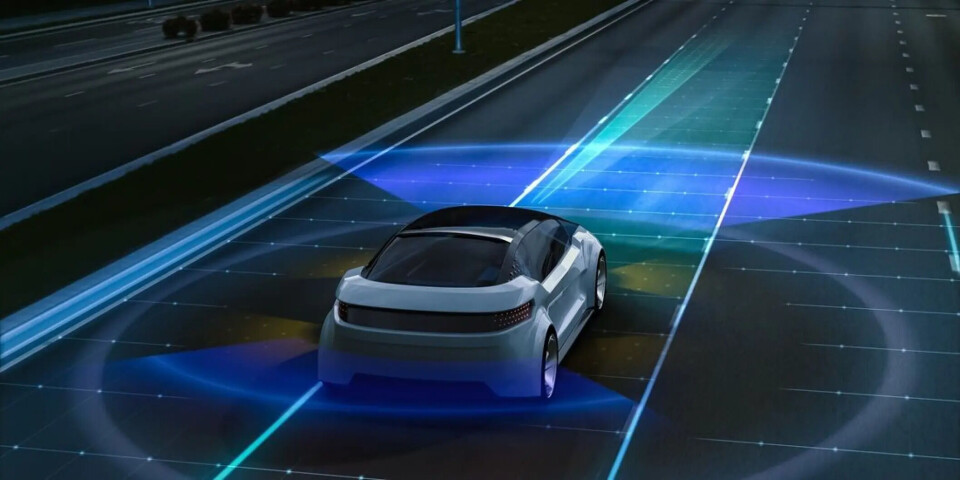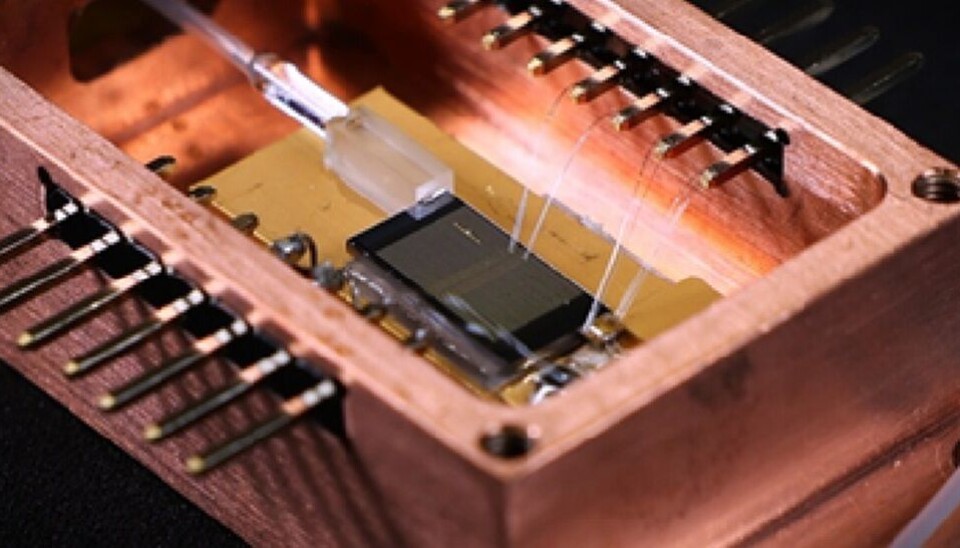THIS CONTENT IS BROUGHT TO YOU BY NTNU Norwegian University of Science and Technology - read more
New laser can improve self-driving cars and the internet
The new technology solves many of the problems with lasers today.

Laser technology is used in many areas, both where precise measurements are required and within communications.
It's therefore important for everything from self-driving cars to fibre-optic internet, and for detecting gases in the air.
A research group has come up with a new type of laser that solves several problems associated with current-day lasers.

“Our results can give us a new type of laser that is fast, relatively cheap, powerful, and easy to use,” says Johann Riemensberger.
He is an associate professor at NTNU's Department of Electronic Systems, and leader of the research group.
Self-driving cars and air quality detectors
Conventional precision lasers are often large, expensive, and difficult to adjust.
“Our new laser solves several of these problems,” says Riemensberger.
That means the laser could be used in self-driving cars, for example. These cars use an optical remote sensing technique called Lidar to detect and measure the distance to objects in their surroundings.
The technique measures time differences, or changes in the wave phase, between the light emitted from the laser and what is reflected back. This new laser measures with high precision, around four centimetres.
The researchers also tested the laser to detect hydrogen cyanide gas in the air. This gas, alco called hydrocyanic acid, is highly toxic in small amounts, so quick detection is important.

Several advantages with the new laser
The researchers created the new laser with advanced materials and microscopic light circuits.
The laser emits a powerful and stable beam of light. One of its key advantages is that the frequency can be adjusted quickly and smoothly, without sudden jumps.
“You can also easily control it with just one control instead of many,” says Riemensberger.
The laser is built using chip technology that is already available. This makes it possible to mass-produce the laser cheaply.
“Our findings make it possible to create small, inexpensive, and user-friendly measuring instruments and communication tools with high performance,” says Riemensberger.
Reference:
Siddharth et al. 'Ultrafast tunable photonic-integrated extended-DBR Pockels laser', Nature Photonics, 2025. DOI: 10.1038/s41566-025-01687 (Abstract)
More content from NTNU:
-
Why are pregnant women in Norway so worried?
-
Politics on Facebook: Populist parties choose divisive issues on purpose
-
Social media is connected to cyberbullying – but not how we thought
-
Forskere ved NTNU får nesten 24 millioner av EU for å lage nye strømomformere
-
This helps the youngest children enjoy school more
-
Can we tap the ocean’s power to capture carbon?





































